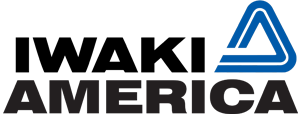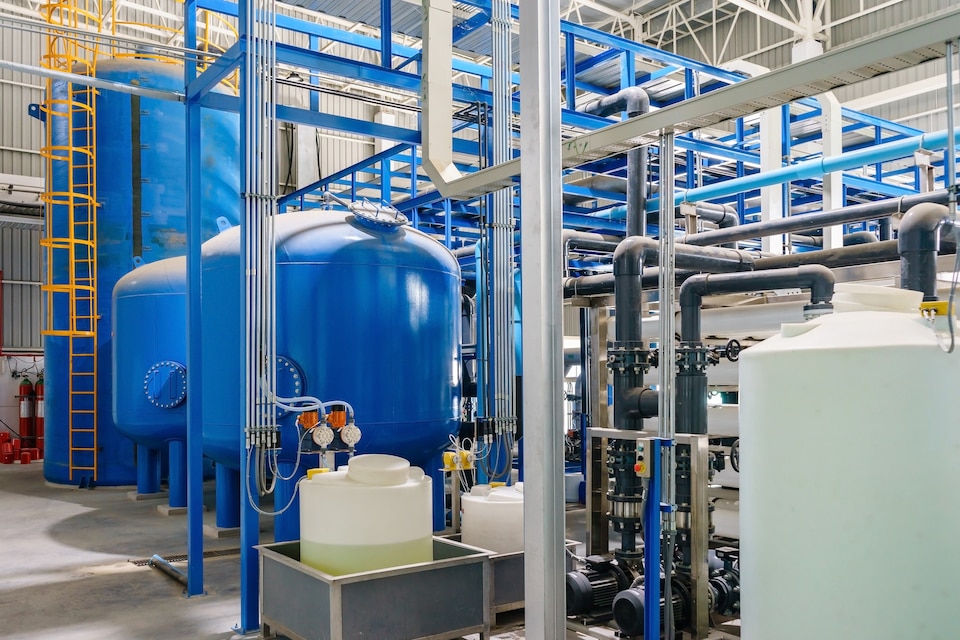In the world of water treatment, Reverse Osmosis (RO) plants stand as a crucial asset to satisfy an ever-growing demand for clean and pure water. A RO plant is a specialized facility designed to purify water by utilizing the powerful principle of reverse osmosis, a process that removes impurities and contaminants with remarkable efficiency. Yet, as indispensable as these facilities are, their effectiveness lies on a critical component that often operates behind the scenes. From low flow rates to pressure fluctuations, and even the ever-looming specter of pump fouling, these challenges can affect RO plant operations.
Reverse Osmosis, often abbreviated as RO, is a remarkable water purification process that relies on the movement of water molecules through a semi-permeable membrane. In this process, water is forced through a specialized membrane that allows the passage of water molecules while blocking impurities and contaminants. The result is a stream of remarkably pure water emerging on one side of the membrane, while the concentrated brine, laden with impurities, is discarded on the other. This intricate separation process enables RO plants to produce high-quality, purified water, making it indispensable for a wide range of applications, from providing drinking water to industrial processes.
Role of Pumps in RO Plants
Although the RO process is indeed a brilliant method, its effectiveness is dependent on the controlled flow of water through a semi-permeable membrane. To achieve this essential flow rate, it is imperative to maintain proper water pressure. This crucial role is where pumps take center stage.
Pumps play a pivotal role in maintaining the necessary pressure levels within the RO system. They are responsible for pressurizing the incoming feed water, creating the force needed to drive it through the membrane, and subsequently facilitating the separation of pure water from contaminants. Without efficient and reliable pumps, the entire RO process would grind to a halt, rendering the plant ineffective in its mission to produce clean, purified water.
Types of Pumps Commonly Used in RO Plants
When it comes to Reverse Osmosis (RO) plants, selecting the right type of pump is a critical decision. Different pumping requirements and system configurations demand various pump designs. Below are the most commonly used types of pumps in RO plants:
Centrifugal Pumps
Centrifugal pumps are the workhorses of many RO plants. They use an impeller to create centrifugal force, pushing water outward from the center to the periphery, which generates flow.
Application: Centrifugal pumps are suitable for high-flow, low-pressure scenarios, making them ideal for delivering raw water to the RO system.
Positive Displacement Pumps
Positive displacement pumps move a fixed volume of fluid with each stroke or revolution. Common types include diaphragm pumps, piston pumps and rotary pumps.
Application: These pumps are often used in RO plants for tasks like pressurizing concentrate streams and dosing chemicals accurately.
High-Pressure Pumps
High-pressure pumps are specifically designed to handle the elevated pressures required in the RO process. They are capable of generating the high pressures needed to force water through the semi-permeable membranes.
Application: These pumps are positioned before the membrane module and are critical for achieving efficient separation of pure water from contaminants.
Chemical Metering Pumps
Chemical metering pumps are used to precisely inject chemicals into the RO system for various purposes, such as pH adjustment, scaling inhibition, or disinfection.
Application: They are essential for maintaining the water chemistry within the desired range to optimize RO performance and prevent scaling or fouling.
Common Pumping Challenges in RO Plants
Low Flow Rates
Low flow rates within an RO plant occur when the system is unable to produce the desired volume of treated water within a given timeframe. This issue can be attributed to several factors:
- Membrane Fouling: Over time, the semi-permeable membranes used in RO systems can accumulate contaminants, reducing their effectiveness in allowing water to pass through. This fouling restricts flow rates.
- Scaling: Scaling occurs when minerals such as calcium and magnesium precipitate and form deposits on the surface of the membrane. These deposits reduce the effective flow area and lead to decreased flow rates.
- Inlet Water Quality: Variations in the quality of the incoming feed water, such as changes in turbidity or the presence of particulate matter, can hinder flow rates if proper pre-treatment measures are not in place.
To combat low flow rates, RO plant operators must conduct regular maintenance, including membrane cleaning or replacement. Monitoring feed water quality is also crucial to ensure consistent and efficient performance.
Pressure Fluctuations
Pressure fluctuations in an RO plant refer to variations in the pressure levels within the system. These fluctuations can have a significant impact on overall performance:
- Inlet Pressure Variations: Changes in the pressure of the incoming feed water can affect the efficiency of the RO process. Low inlet pressure may lead to reduced production rates, while excessively high pressure can put undue stress on system components.
- Control System Issues: Malfunctions in the control system, such as faulty valves or pressure regulators, can cause pressure instability within the RO system, resulting in inconsistent performance.
- Variable Demand: Fluctuations in water demand, especially if the pump capacity is not matched to the demand, can lead to pressure fluctuations and hinder system efficiency.
Addressing pressure fluctuations requires the installation of pressure regulation systems and the diligent monitoring of both inlet and outlet pressures to promptly detect and rectify any deviations.
Energy Consumption
Energy consumption is a significant concern in RO plants due to the high-pressure requirements of the process:
- Inefficient Pump Selection: Choosing pumps that are not energy-efficient can result in excessive energy consumption, leading to increased operational costs.
- Over-pressurization: Running pumps at higher pressures than necessary can lead to unnecessary energy consumption, driving up electricity expenses.
- Neglecting Energy Recovery: Many RO systems feature energy recovery devices that can significantly reduce energy consumption. Neglecting or failing to maintain these devices can result in unnecessary energy wastage.
To address energy consumption challenges, operators can opt for energy-efficient pumps, optimize system pressures to reduce energy consumption, and ensure energy recovery devices are properly maintained and utilized.
Solutions to Pumping Challenges in RO Plants
Upgrading Pumping Systems: To optimize RO plant performance, upgrading pumping systems is paramount. This solution entails selecting the most suitable pumps for the application and considering energy-efficient models equipped with features like variable frequency drives (VFDs). By doing so, operators can tailor pump performance to match changing demands, resulting in improved energy efficiency and cost savings.
Preventative Maintenance: Regular inspections of pumps, valves and associated components are essential to identify potential issues early on. This approach allows for timely repairs or replacements, reducing downtime and costly repairs in the long run.
Filtration and Pre-treatment: Utilizing sediment filters and other pre-treatment methods ensures that feed water is adequately cleaned before it reaches the pumps and membranes. This not only prevents clogging but also enhances overall system efficiency by reducing the load on downstream components.
The journey through the intricate world of Reverse Osmosis plants has revealed both the indispensable role of pumps and the formidable challenges they present. The heart of any RO system, pumps are the dynamic force that drives the process, making them crucial components. In the grand quest for pure and clean water, RO plants stand as sentinels of quality. By addressing the pumping challenges head-on and implementing the recommended solutions, RO plant operators can ensure the continued provision of safe and purified water for a wide range of applications, benefiting communities and industries alike.


Videos